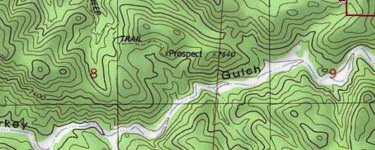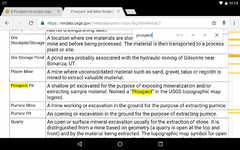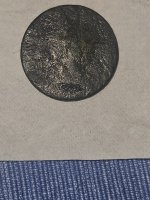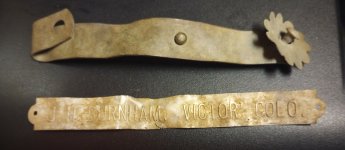PatrickD
Hero Member
- Jul 23, 2012
- 845
- 700
- Detector(s) used
- Garrett AT Pro
- Primary Interest:
- All Treasure Hunting
Hi Everyone,
I have been using some topo software to map out areas I want to research.
On the topo is a common mark. It is either an X or two crossed picks. It has the word Prospect next to it.
Now, I understand what prospecting is but I am curious what had to happen for this prospecting site to have ended up on a topo map. Does it mean a claim was filed? Is there a hole in the ground at the location?
Here is a screen shot showing what I am referencing.

Any ideas or thoughts?
Patrick
I have been using some topo software to map out areas I want to research.
On the topo is a common mark. It is either an X or two crossed picks. It has the word Prospect next to it.
Now, I understand what prospecting is but I am curious what had to happen for this prospecting site to have ended up on a topo map. Does it mean a claim was filed? Is there a hole in the ground at the location?
Here is a screen shot showing what I am referencing.

Any ideas or thoughts?
Patrick
Upvote
0






